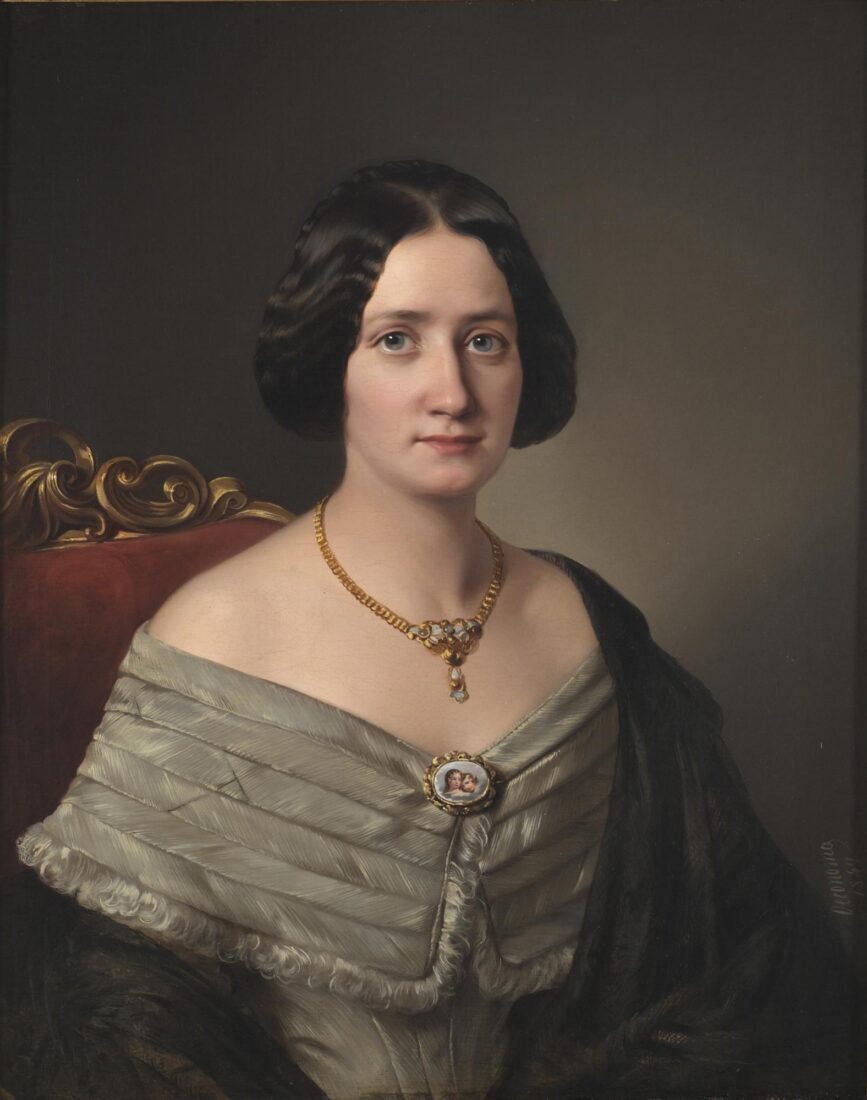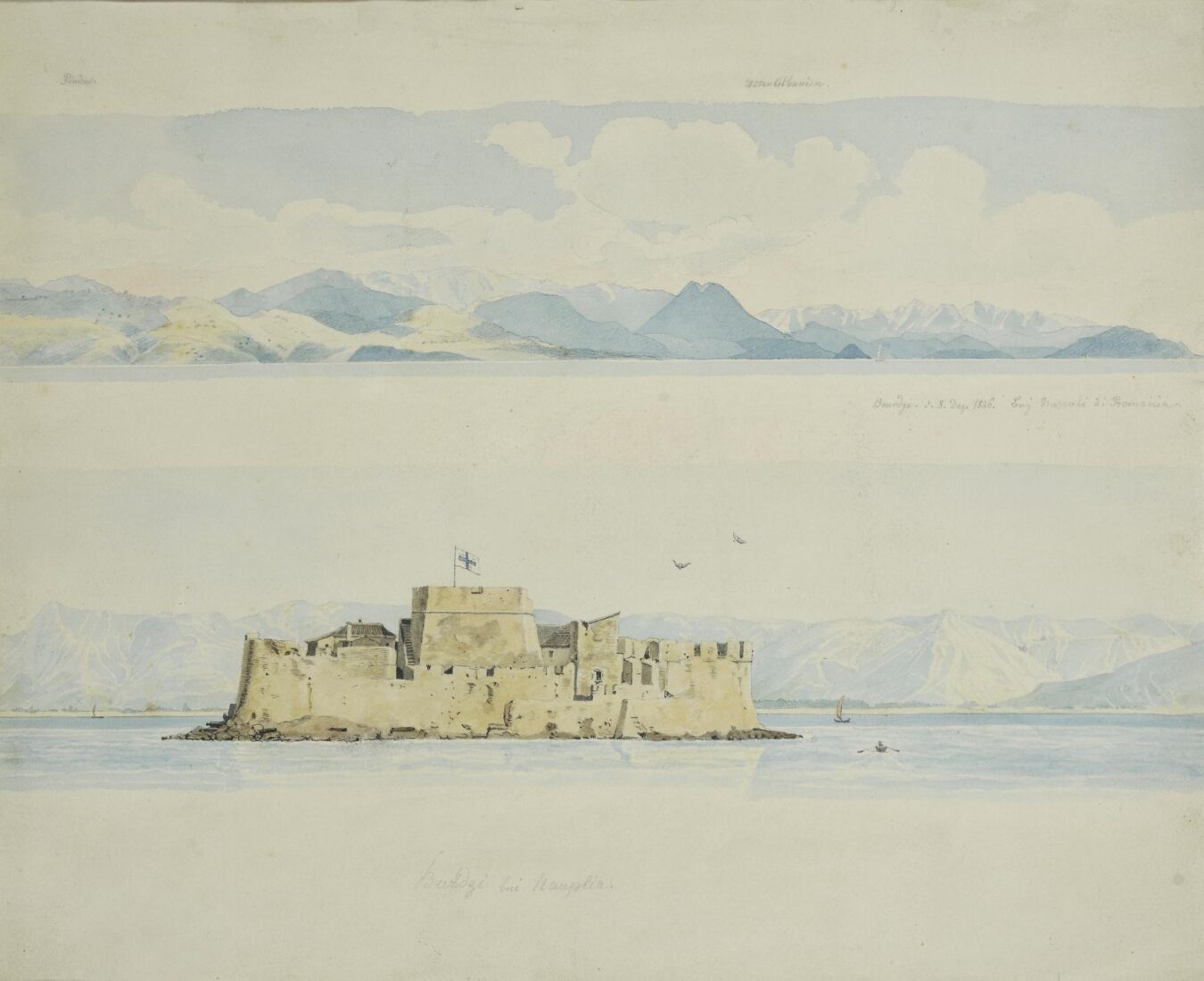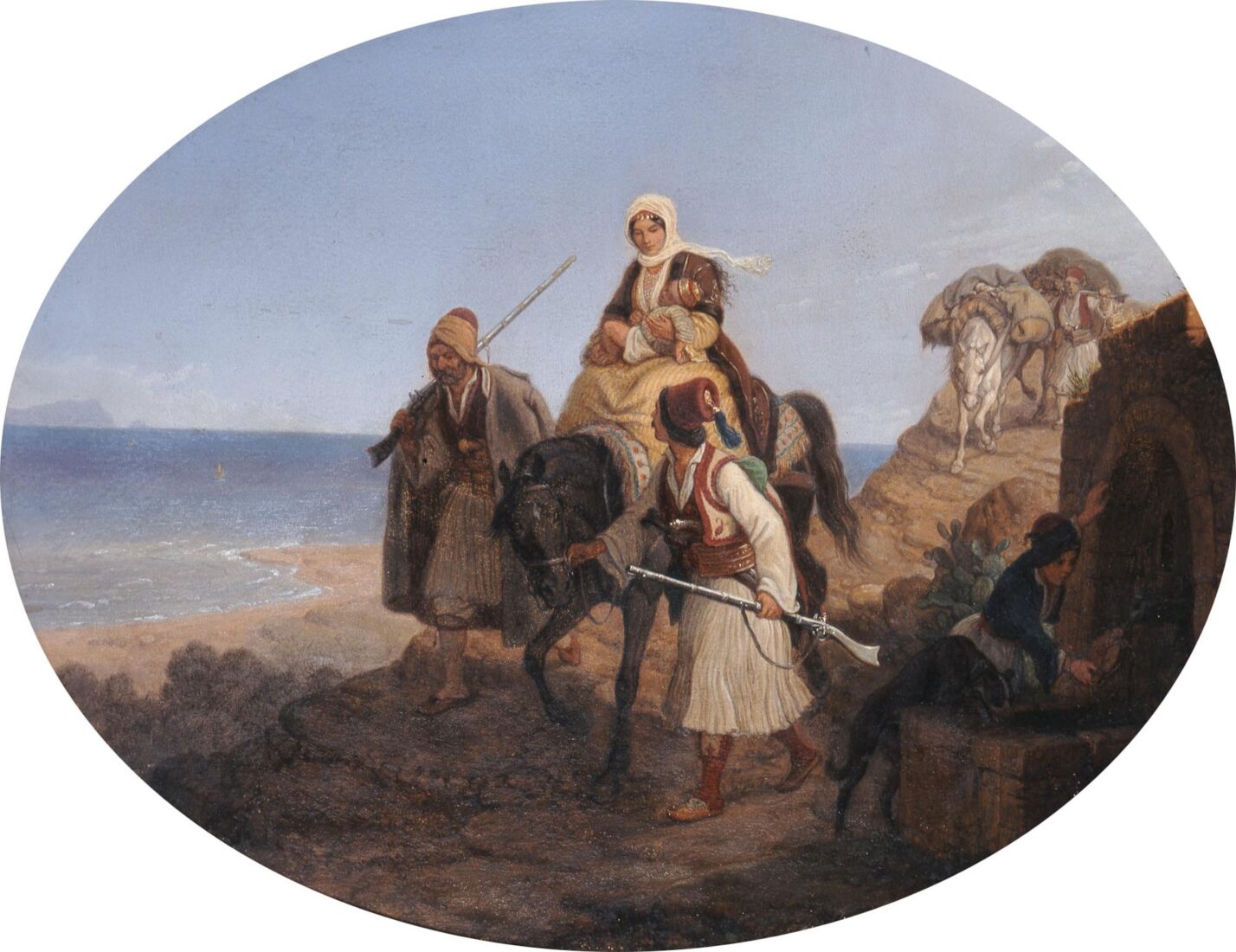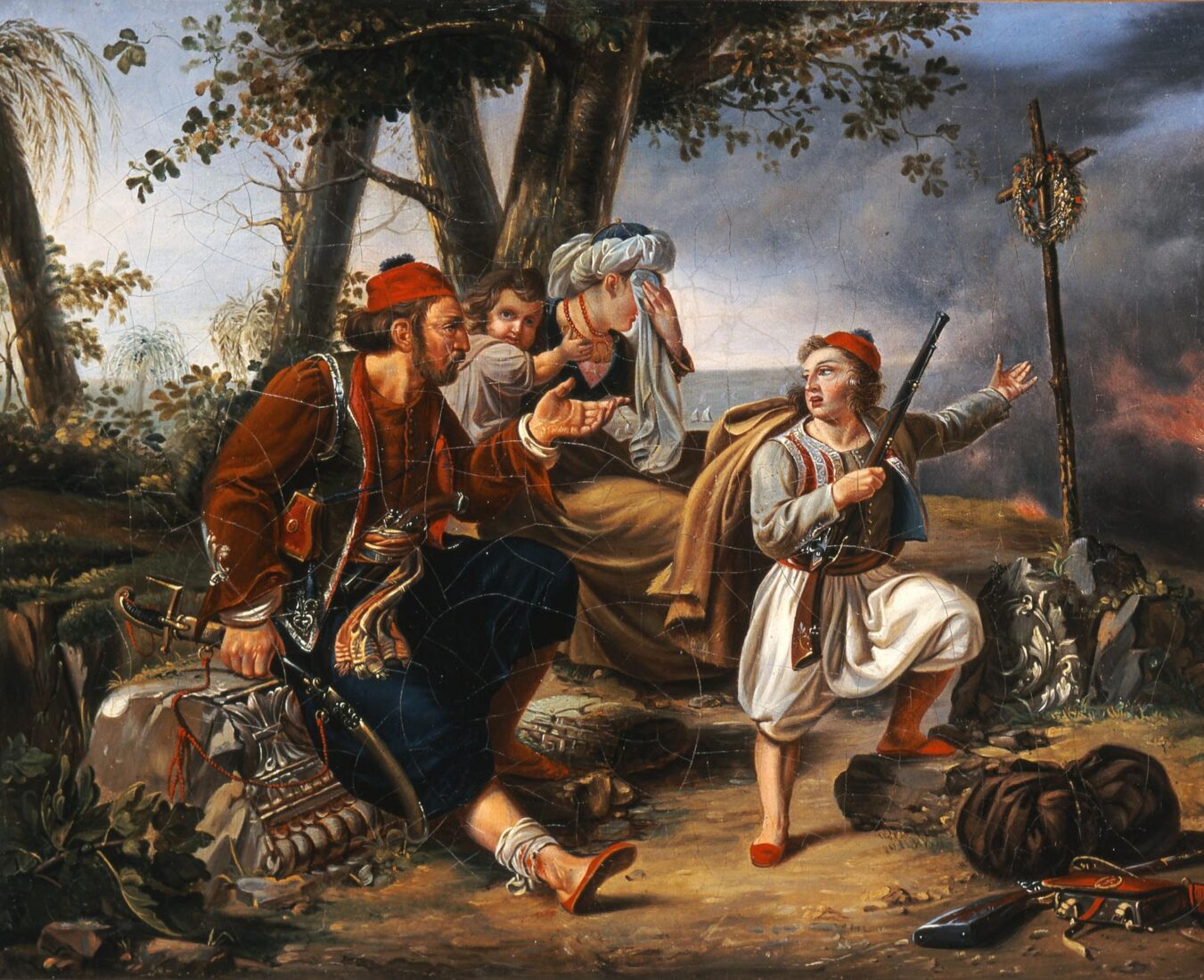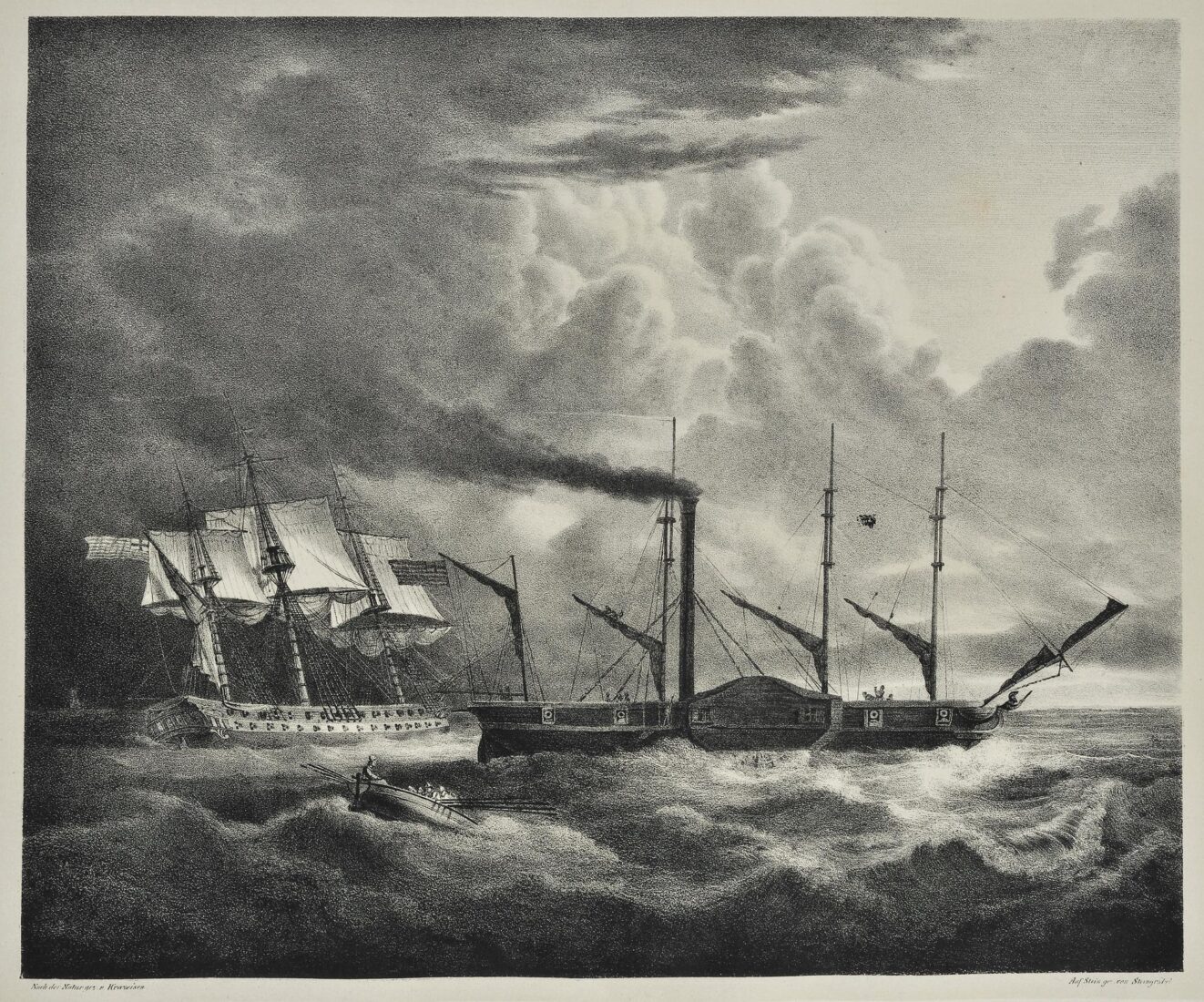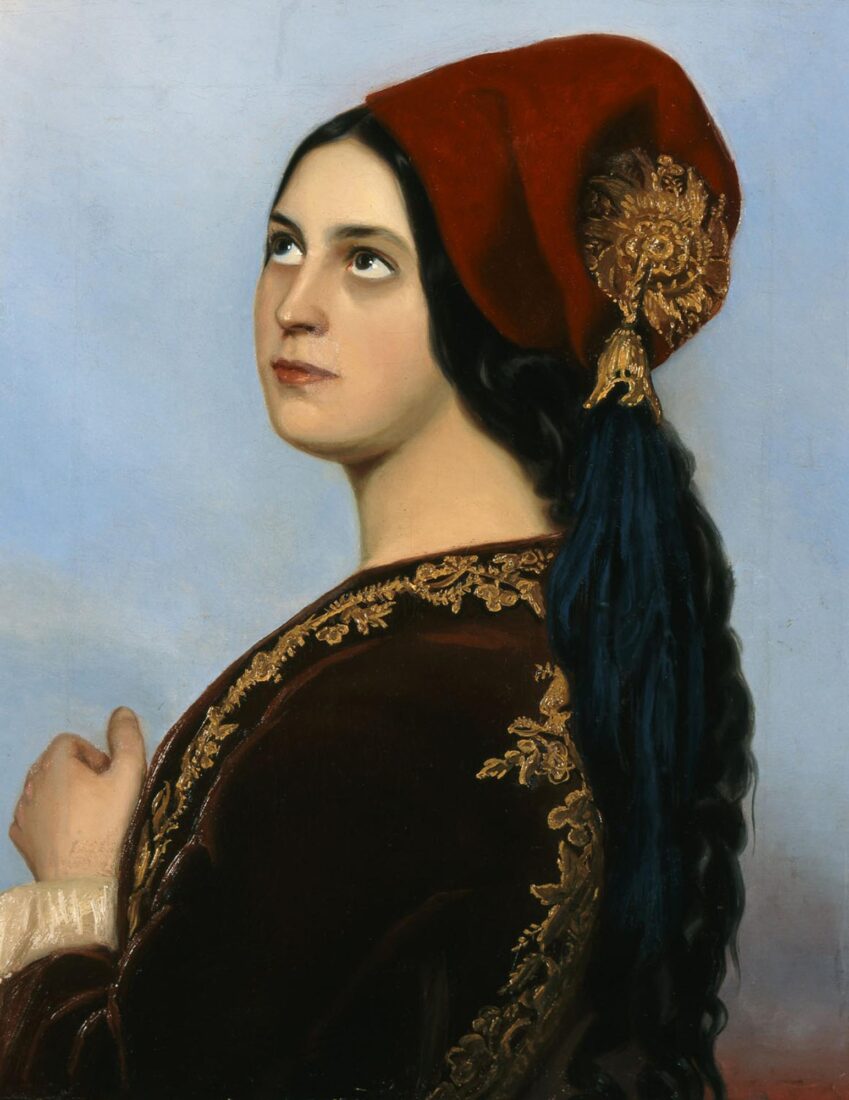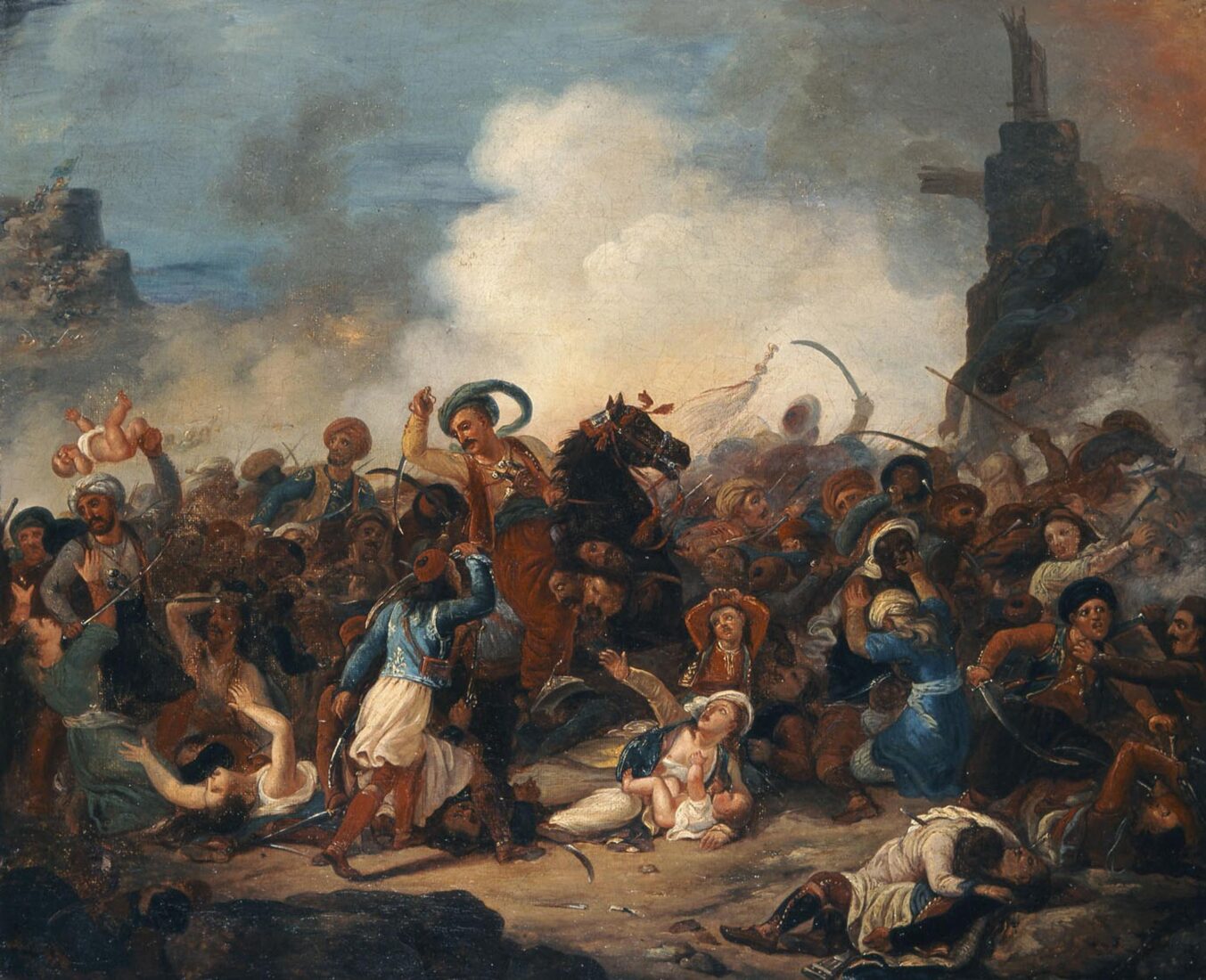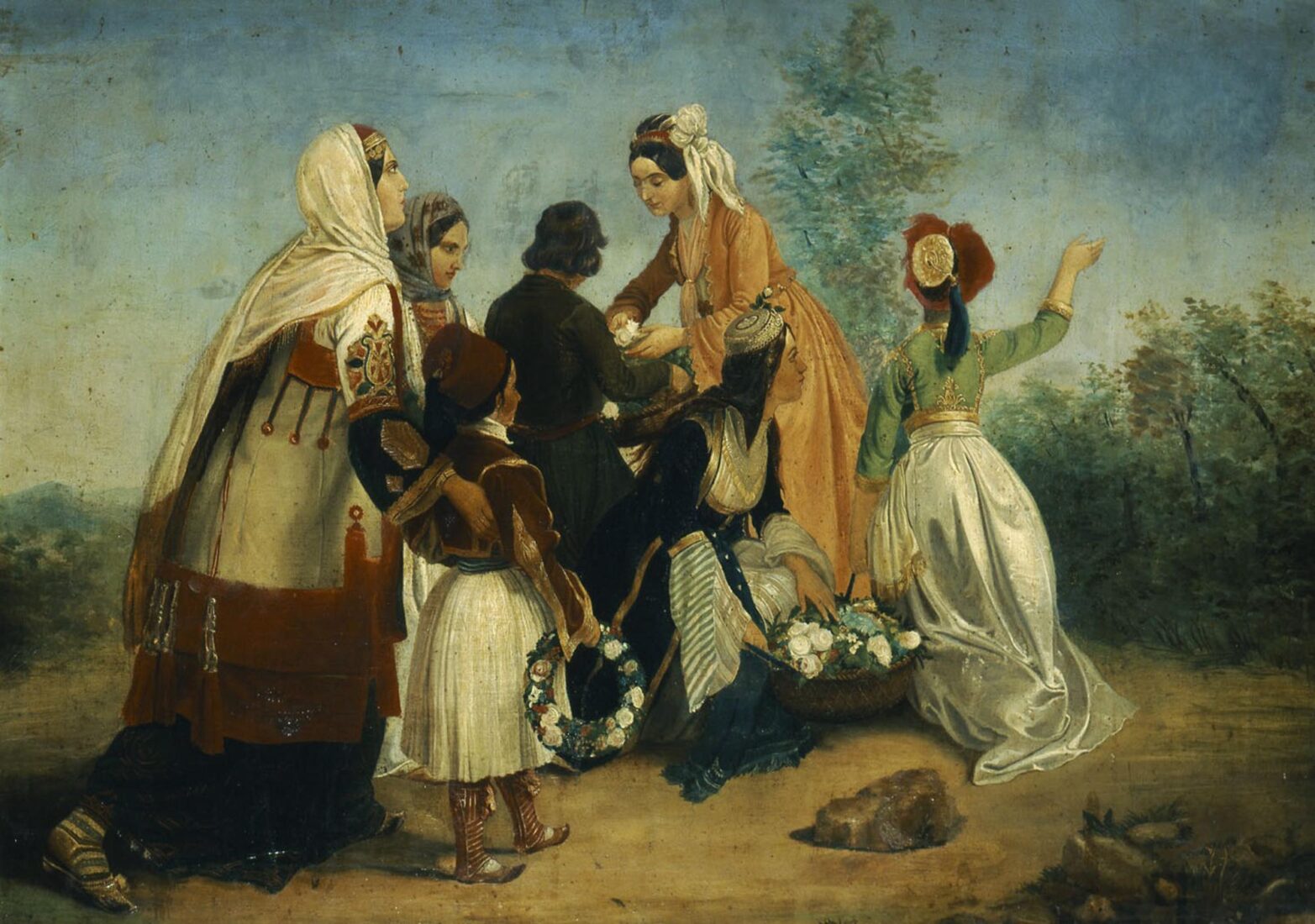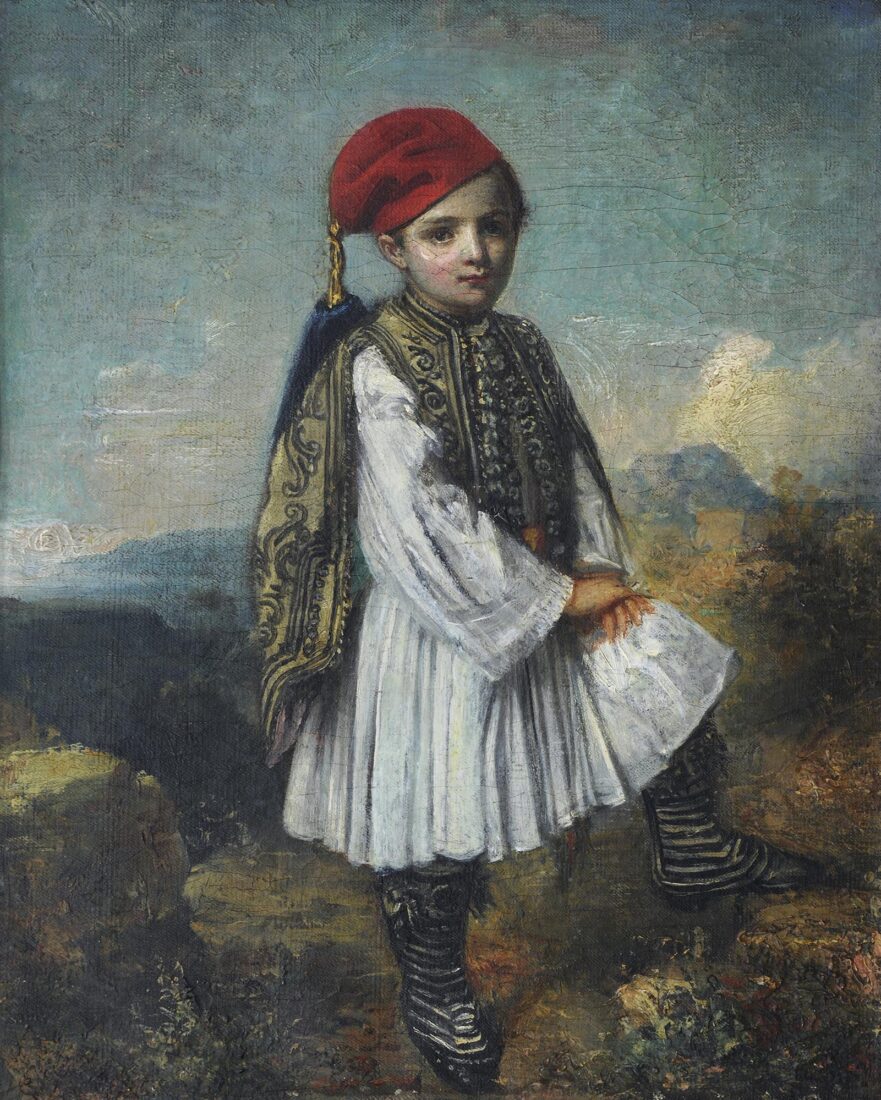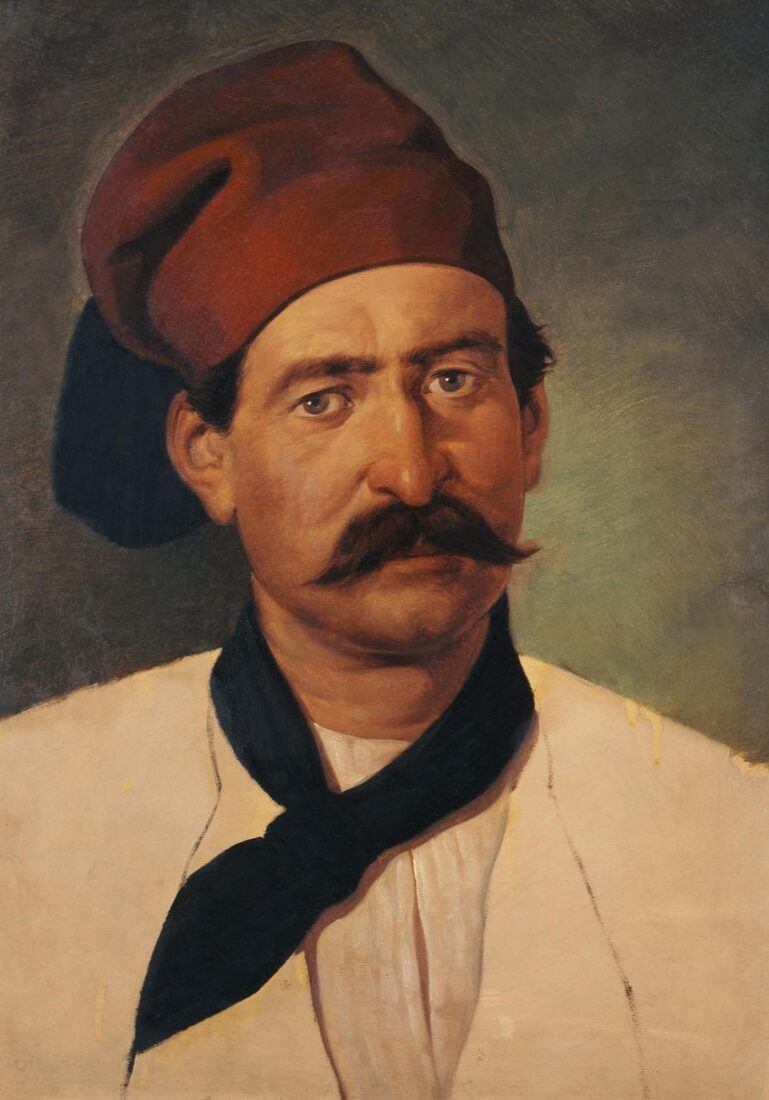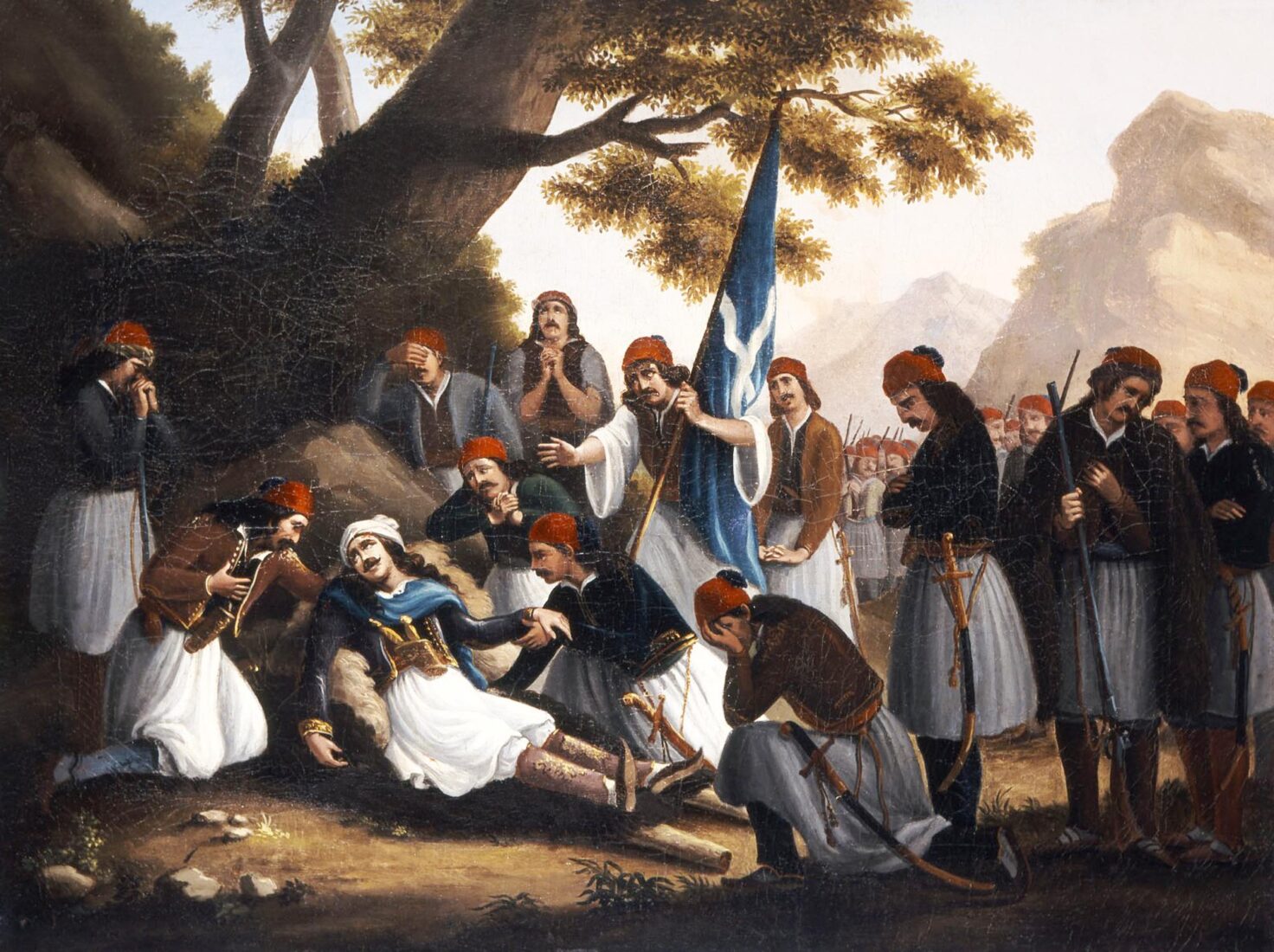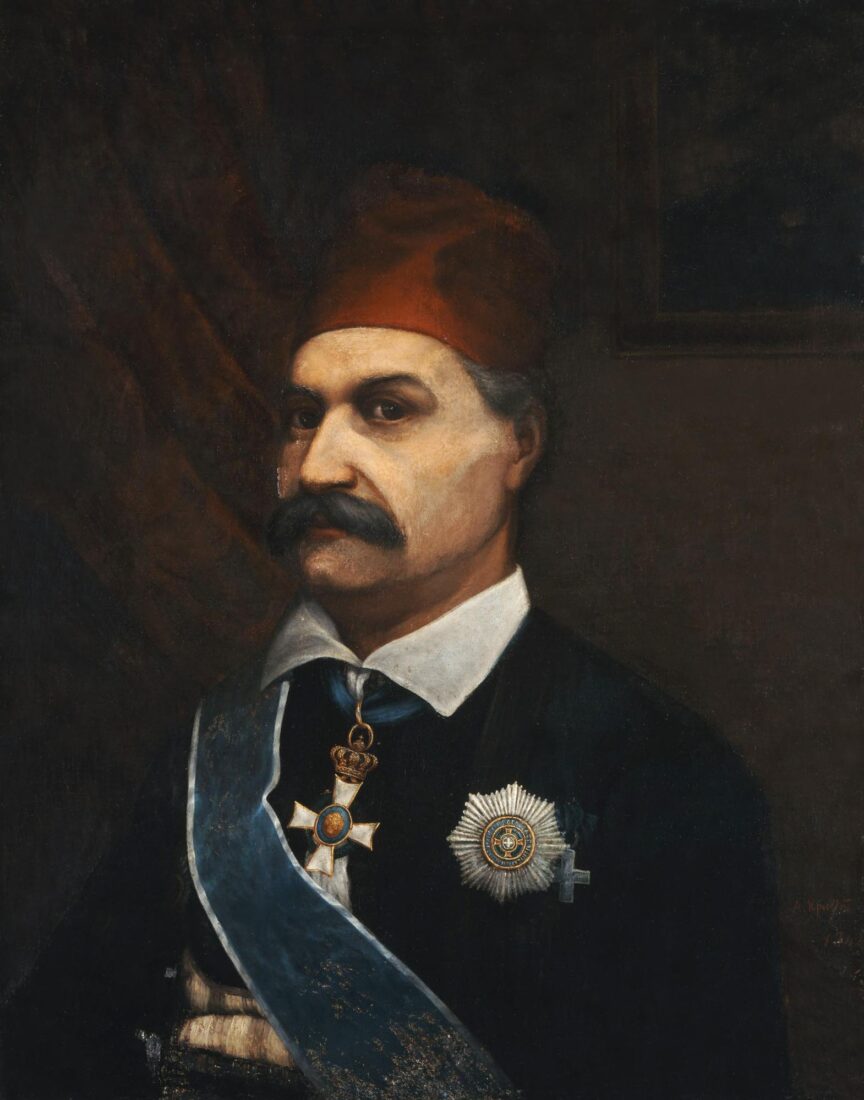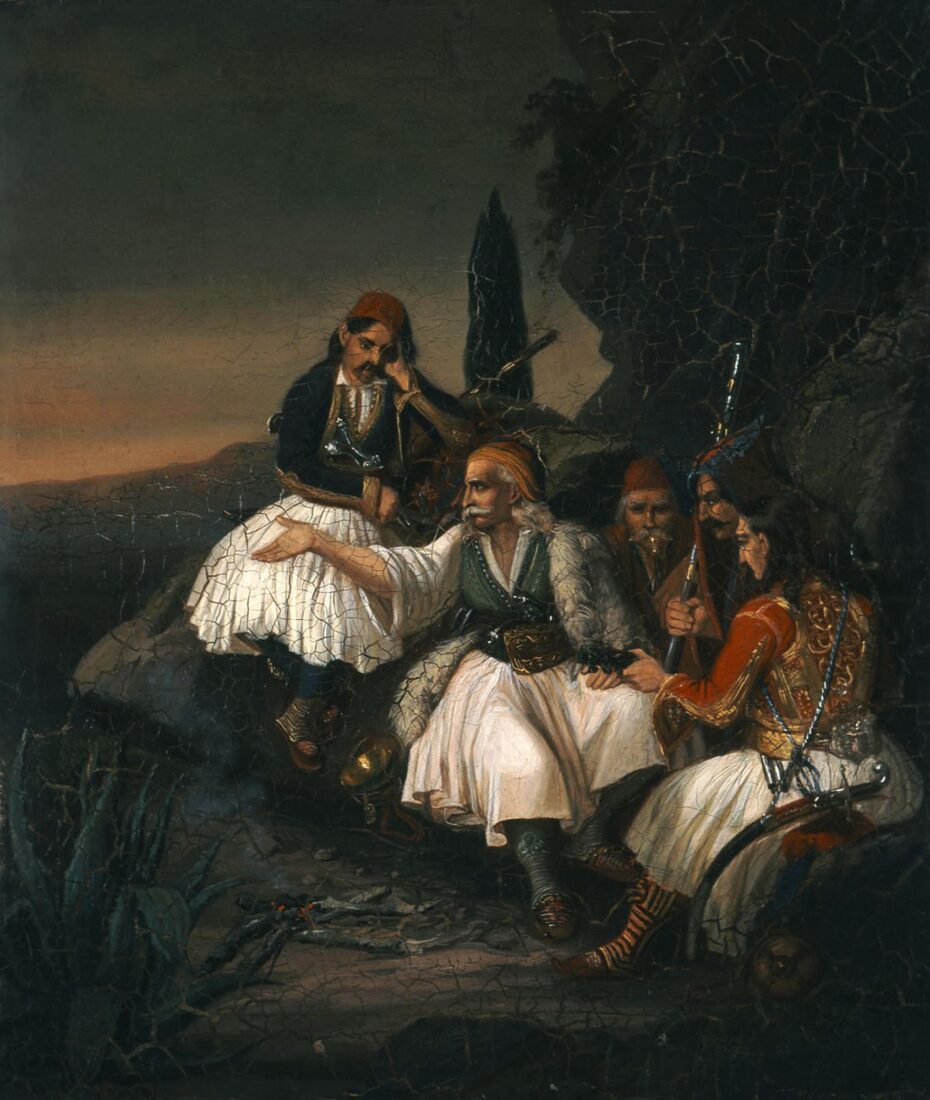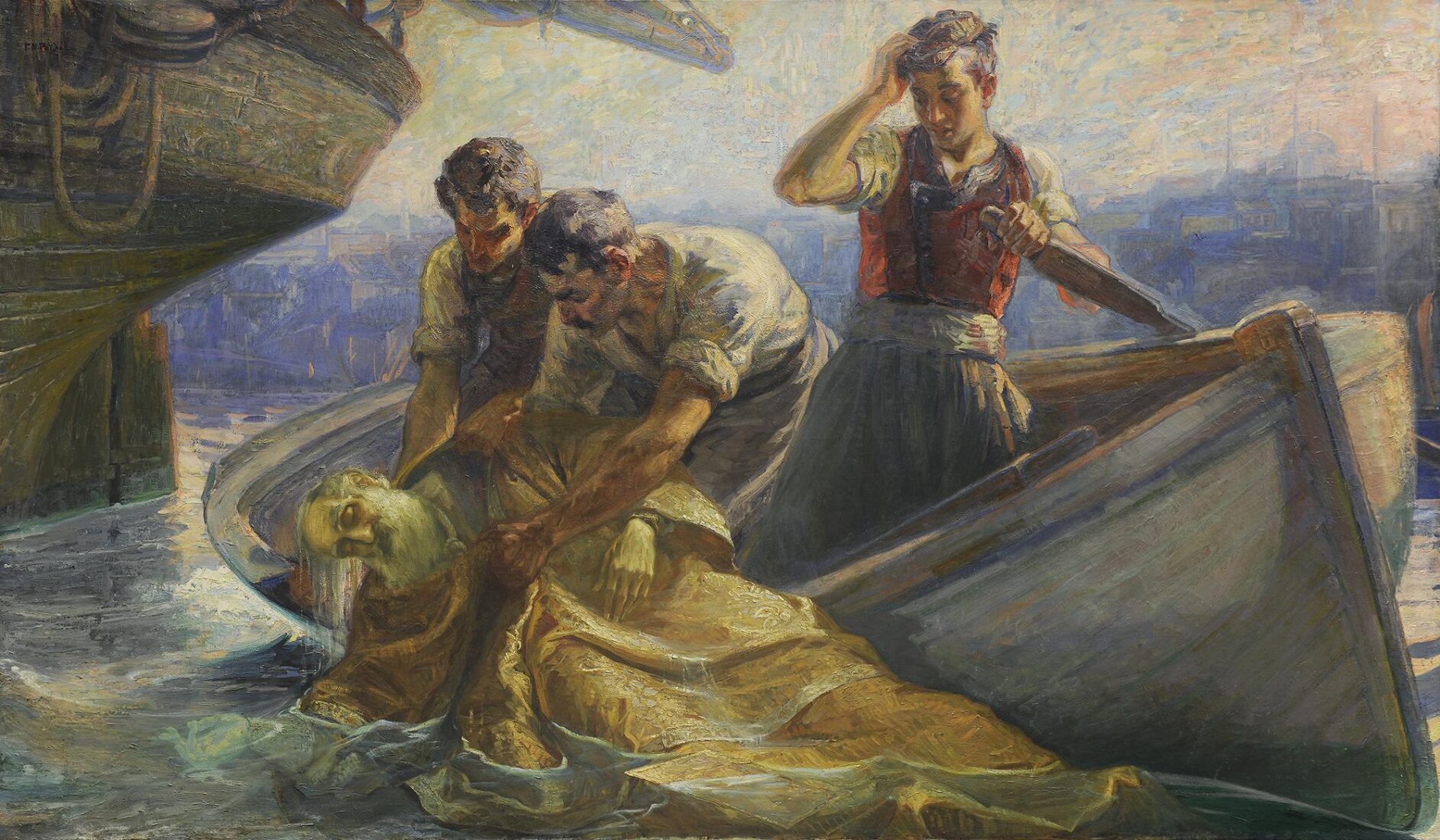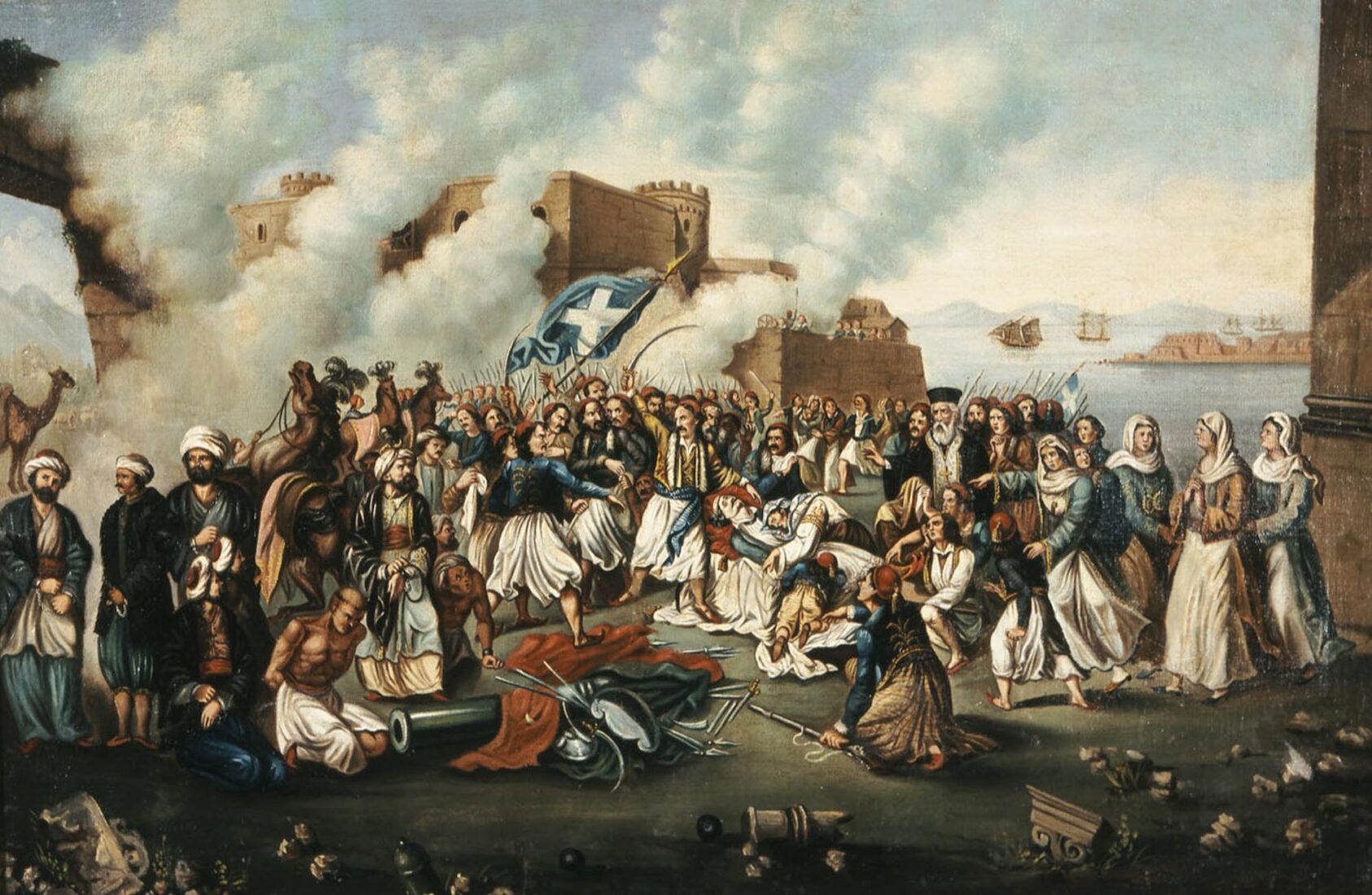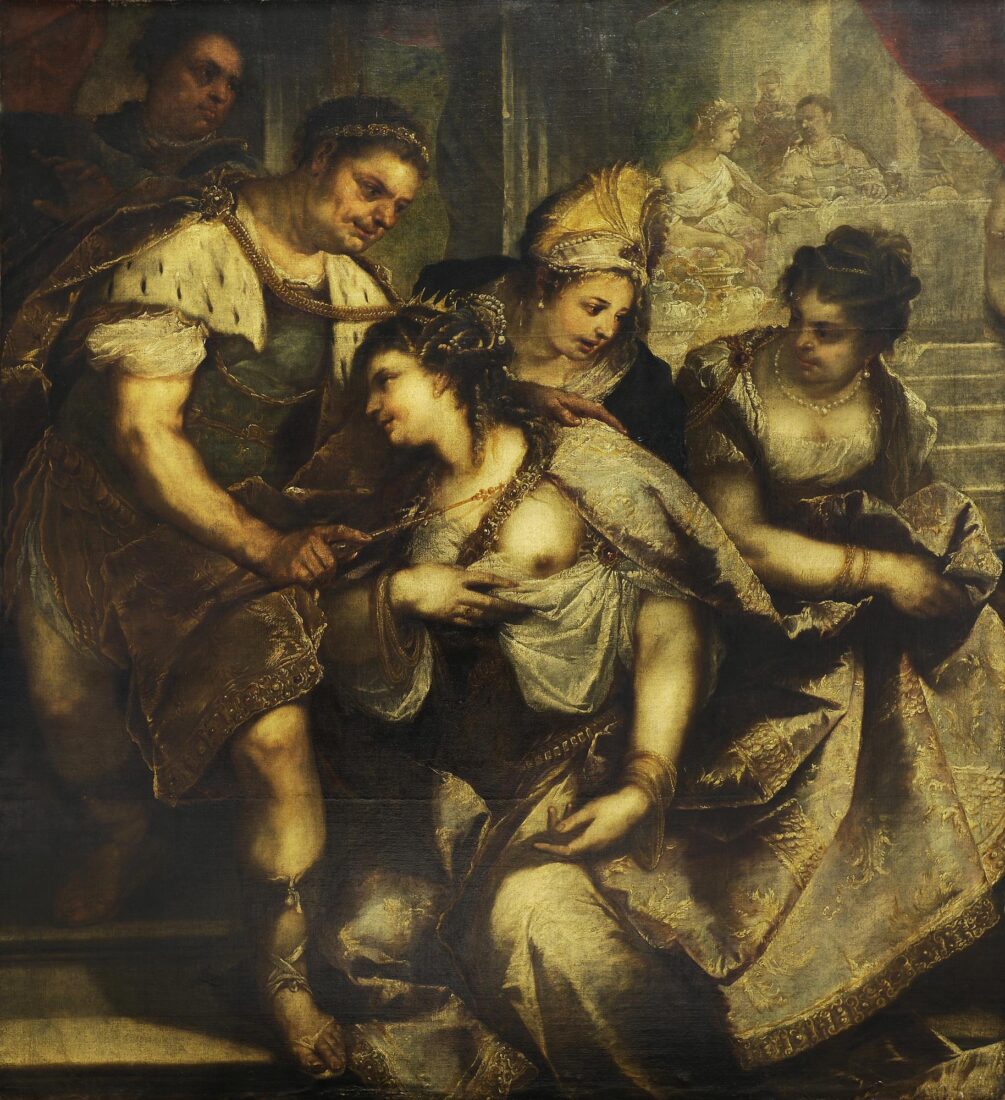

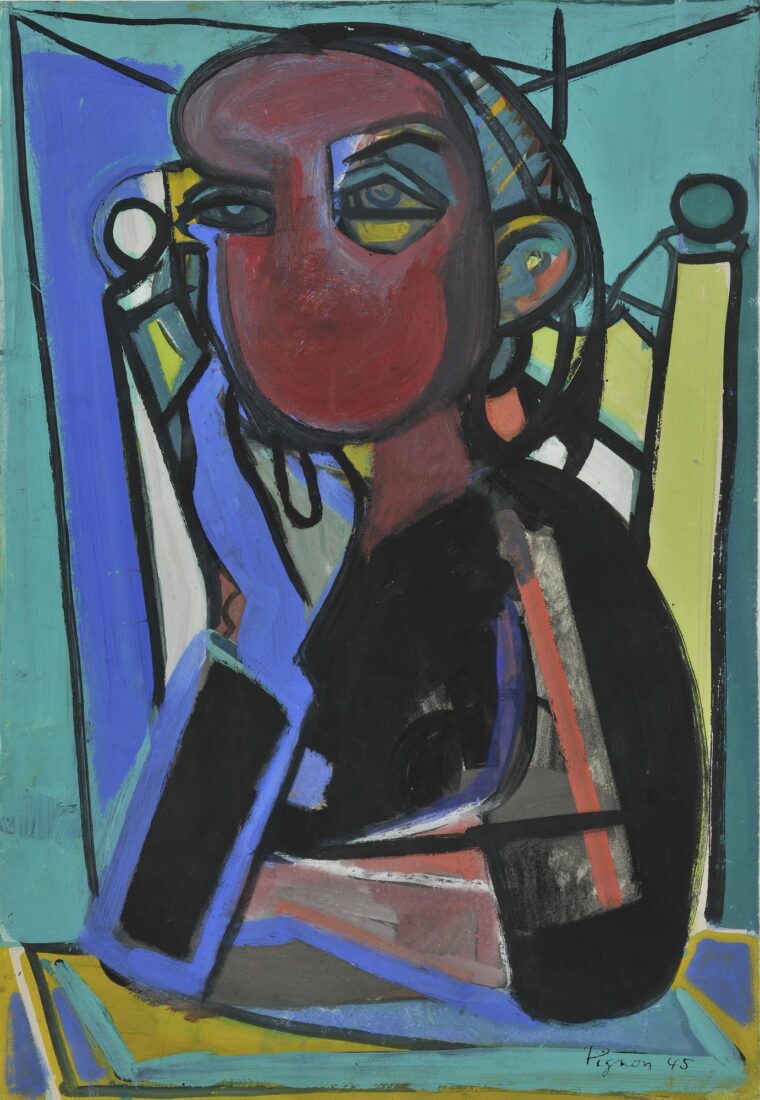
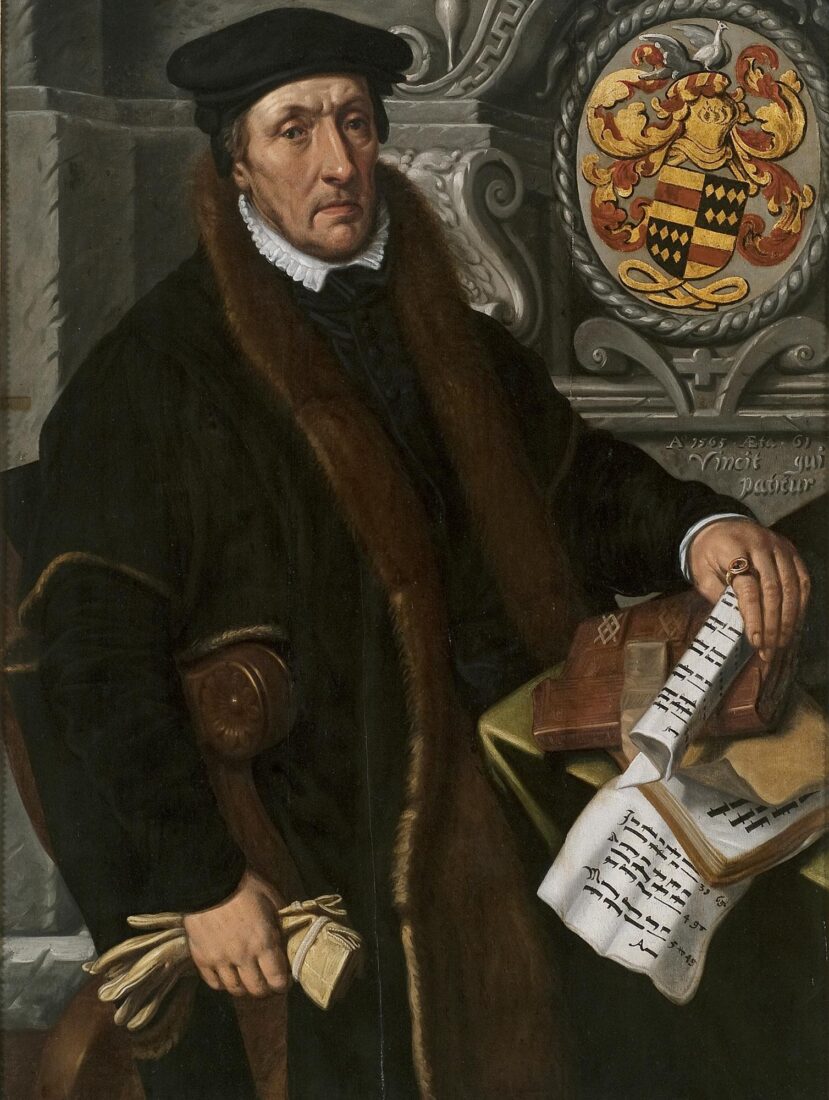
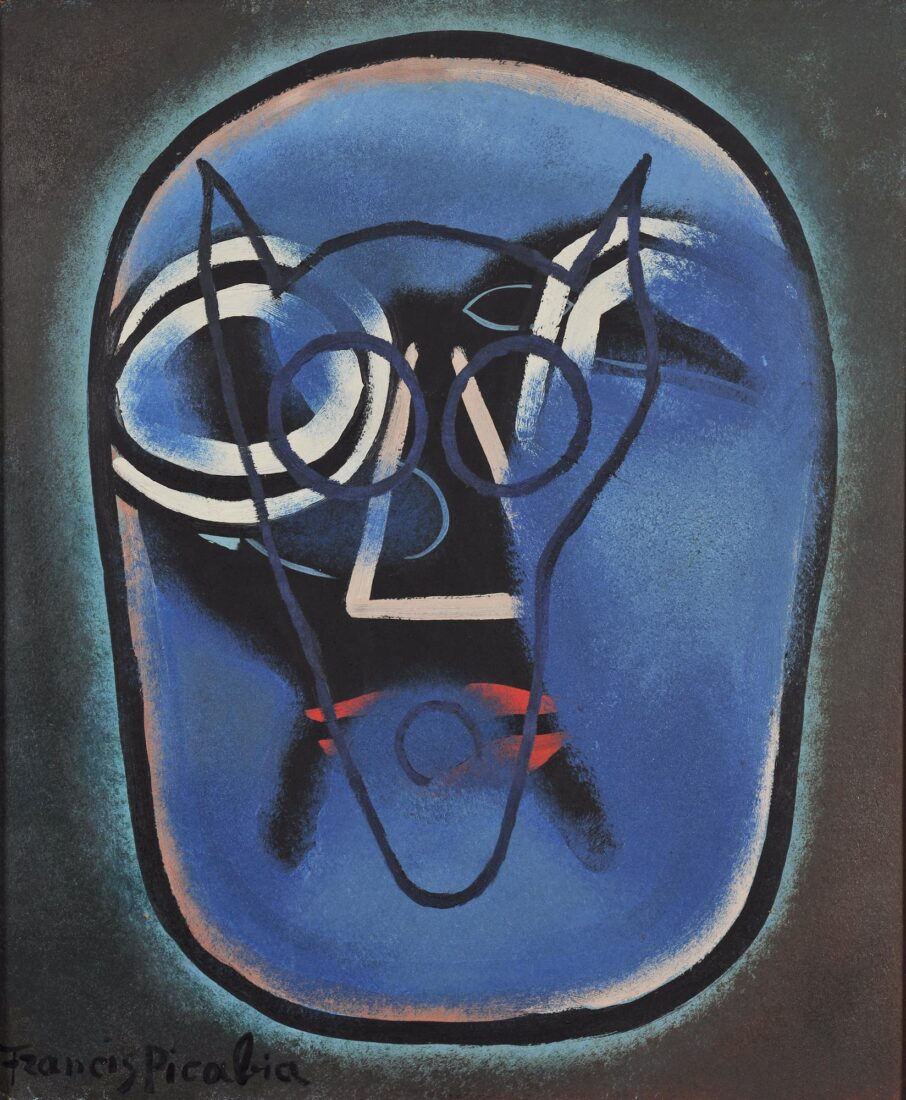
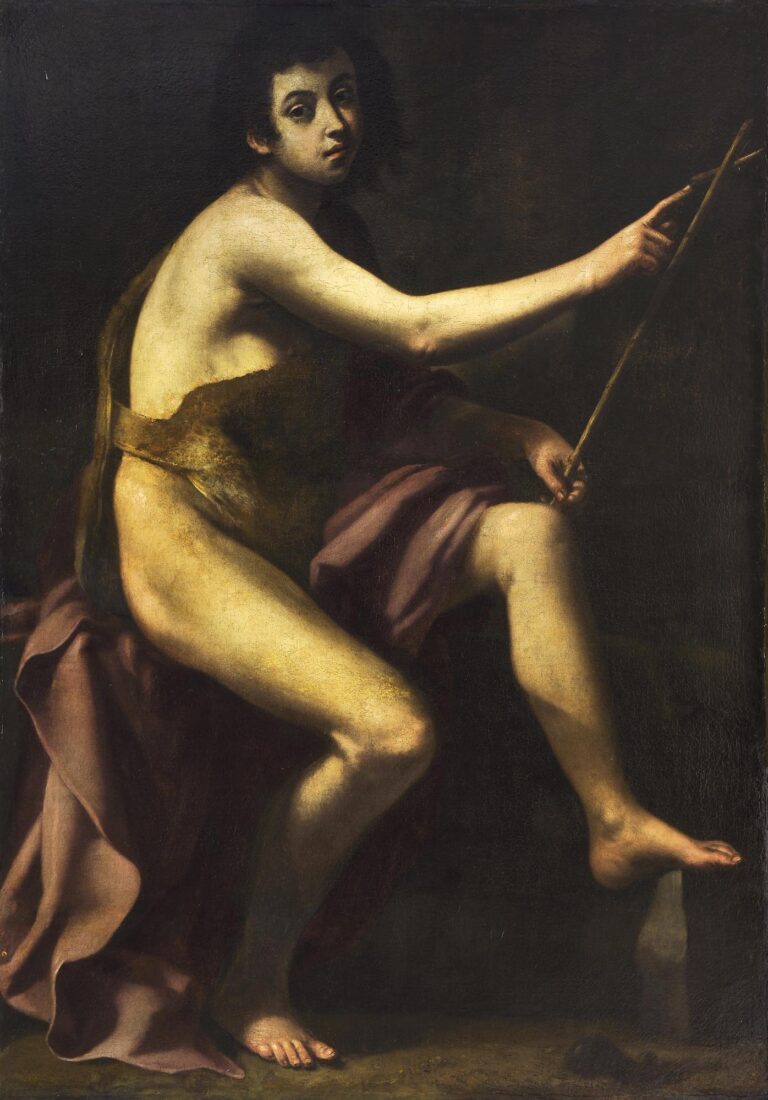
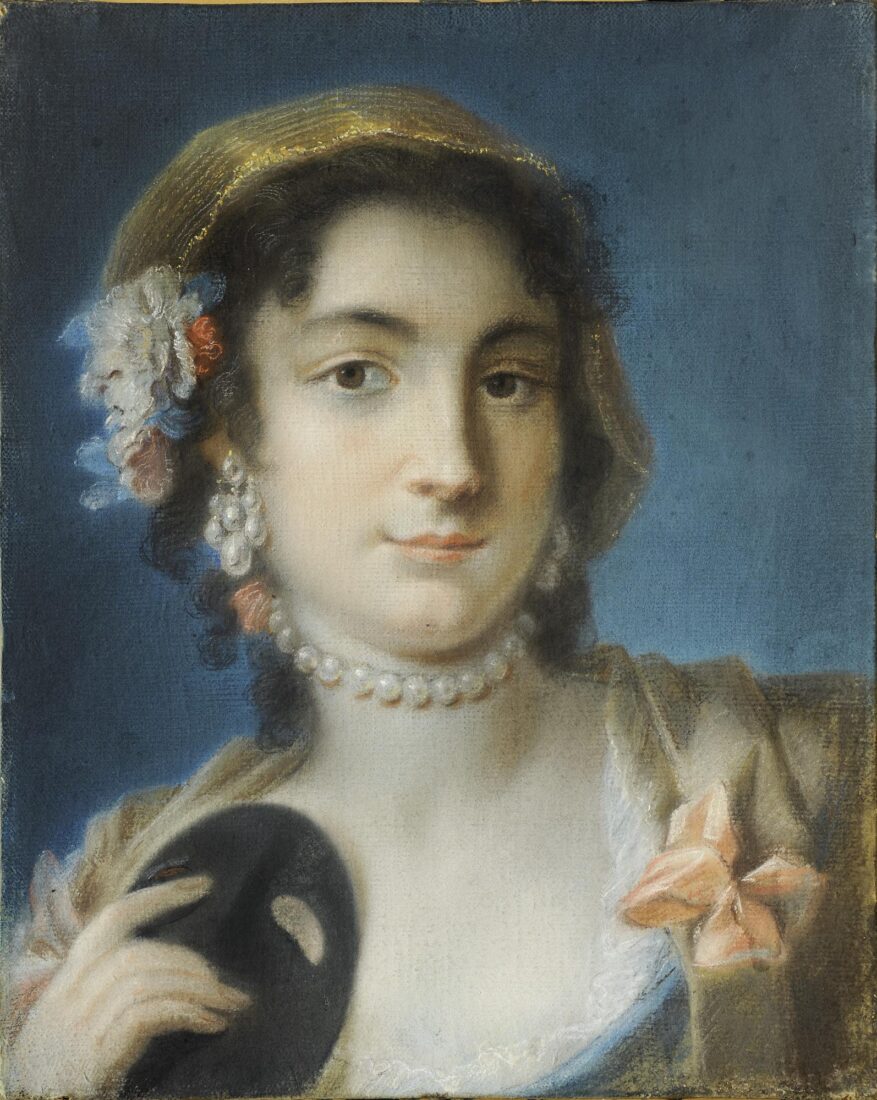
This charming portrait is a characteristic example of the painter’s work, especially popular during the era she lived in, when it became the fashion and was eagerly sought by European Courts and aristocratic circles. These attractive portraits are today viewed by some with a fair amount of irony because of their flimsy manner and superficial content, but they also mirrors, to a degree, the spirit of her time and they also constitute an original and purely Venetian form of creation.
Contrary to most of her predecessors and contemporaries, who were not specialized portrait painters, Carriera did specialize in this kind of work, one she was notably successful at. The beautiful woman depicted in this painting, with her ethereal charm and expressive glance, holding a mask in her hands, powerfully brings to mind the feel of the atmosphere of Venice and its inhabitants’ love of festivals, highlighted by their unique Carnival.
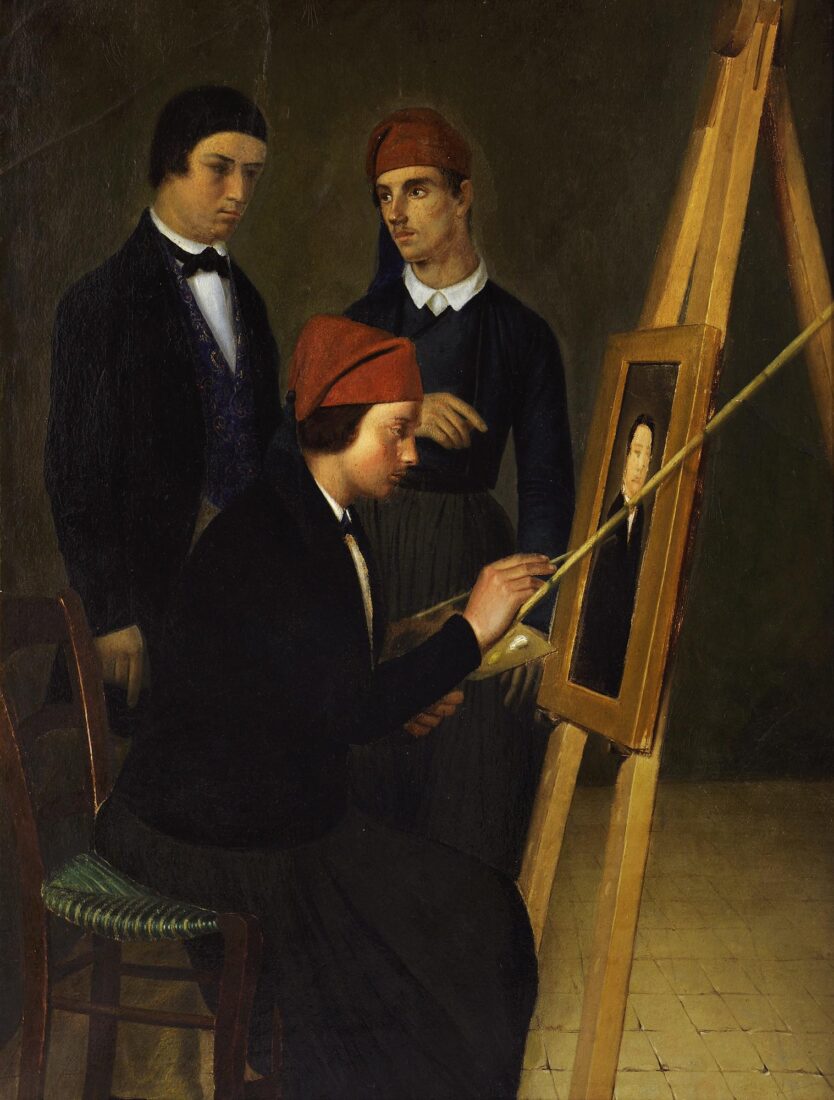
An appealing as well as seminal work, this painting marks the beginning of Greek portraiture. A painting by an unknown to us artist beckons us to visit a young Greek painter’s studio. He is wearing a characteristic costume of the Greek islands, sitting in front of his easel, adding the finishing touches to a male portrait. The sitter, a youth dressed in occidental clothes with a bow-tie is upright, examining his likeness in the painting. Another young man, probably an apprentice painter, also wearing an island costume and cap, is comparing the sitter and his image in order to evaluate the verisimilitude. These may well be young students of the recently established School of Arts, practicing the new genre of portraiture.
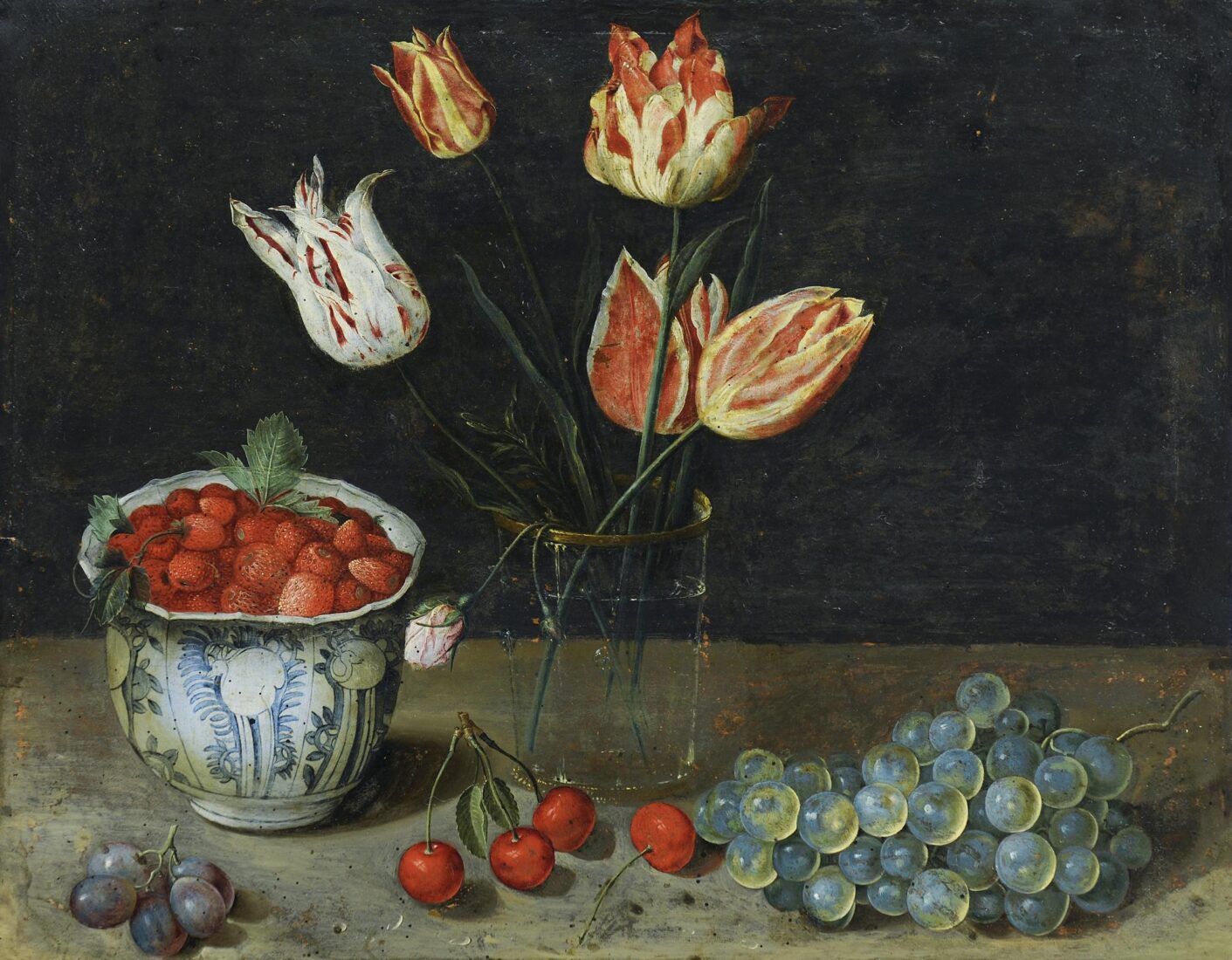
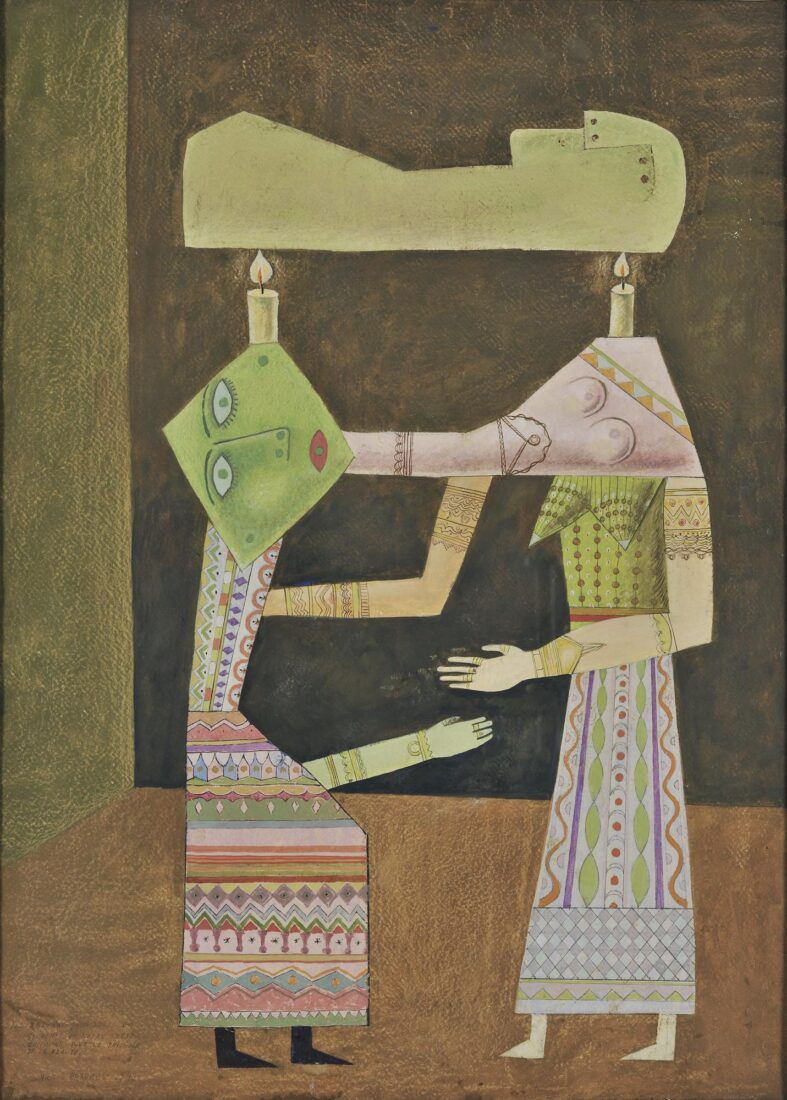
Brauner, surrealist painter, Romanian of Jewish origin sought in his images to reply to the question “What is the meaning of Being?” His overall outlook is based on Empedocles’ On Nature, according to which heads without a neck, arms without shoulders, and eyes without a face wandered on earth, until two superior laws, Love and Hate, collected these haphazard pieces and composed either monsters or divine creatures. In Brauner’s work, these creatures sometimes keep a different self, often a heterogeneous one – of a different sex, or a different kind of species – hidden within themselves, or seek one, with which to unite.
Employing the language of symbols of his religion, or of other ethnic religions (such as those of South America), of Mexican or Indian art, the artist provides the key for deciphering his images
